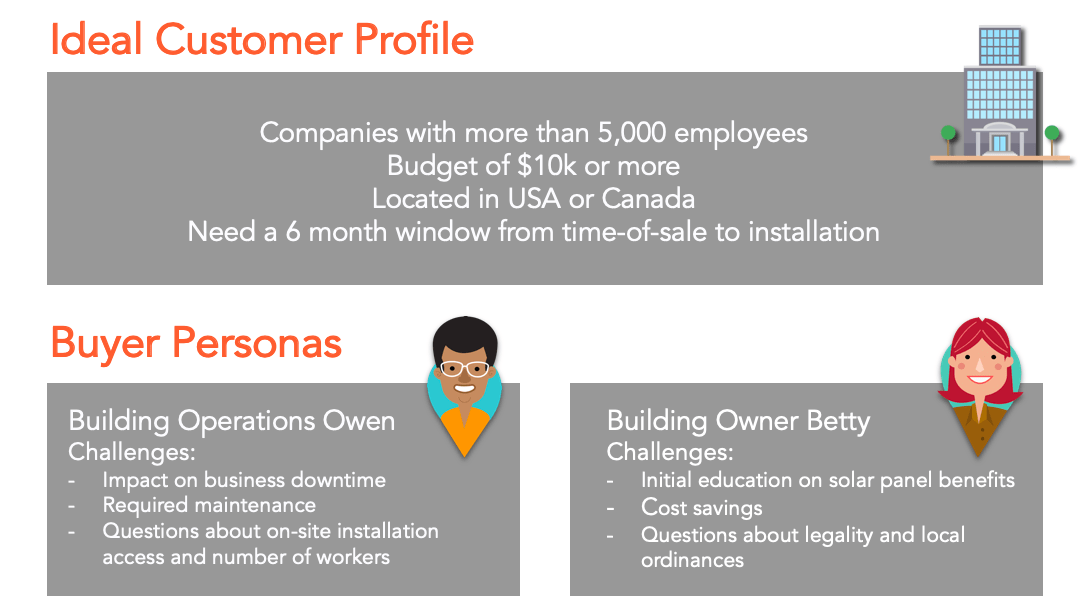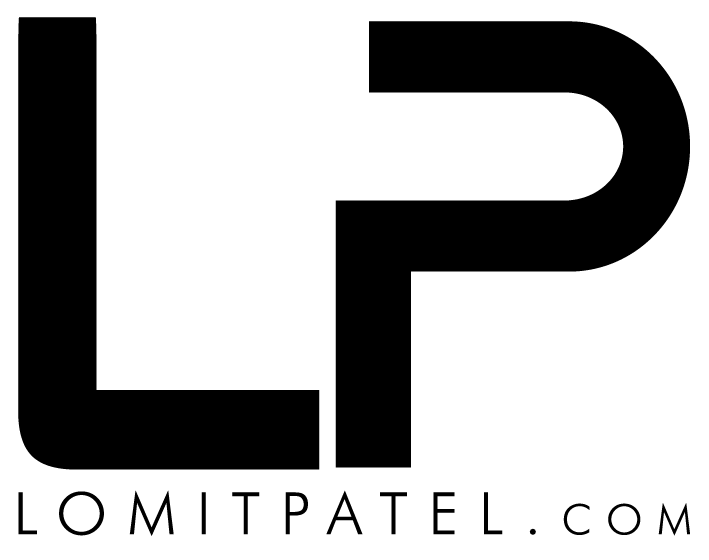Many startup founders and even marketing leaders often confuse the terms “ideal customer profile” and “buyer persona.” It’s understandable. But grasping the core differences between an ideal customer profile vs buyer persona can dramatically improve your marketing and sales strategies.
Having only one and not the other could be costly. Salespeople lose 60-90% of their potential deals across industries after the first contact, according to Vainu.com research. A focused approach addressing both the ideal customer profile and buyer persona could help.
Table Of Contents:
- Ideal Customer Profile vs Buyer Persona: Understanding the Core Differences
- Putting it all together: How they Boost Customer Value
- Conclusion
Ideal Customer Profile vs Buyer Persona: Understanding the Core Differences
Although seemingly similar, they are two sides of the same coin. Nearly 80% of all businesses consider a buyer persona and an ideal buyer profile to be identical, according to a 2015 survey. To maximize impact, clarify the distinctions between an ICP and buyer personas.
An Ideal Customer Profile (ICP) centers on the company or organizational level. It examines what a perfectly-matched organization would be, not just a single person. This approach helps identify target companies that are the best fit for your business.
Defining Your Ideal Customer Profile (ICP)
An ICP describes the kind of company that would gain the most from your product or service. This theoretical company possesses all the traits that make them an ideal fit for your offerings. Crucial details in determining your ICP might include firmographics, company size, budget, or location.
ICPs define the problems you solve. This aids in coordinating your sales and marketing teams regarding lead scoring processes.
These profiles assist various parts of the organization. They highlight the essential qualities needed to help teams identify which accounts to pursue.
You’ll use attributes like:
- Industry: Are there specific sectors you serve best?
- Company Size: Do you work better with startups, mid-sized companies, or large enterprises?
- Revenue: What’s the minimum revenue a company needs to afford your solution?
Consider these factors while creating an ICP. Also, take into account any legal constraints and locations you may not serve.
Crafting Detailed Buyer Personas
Buyer personas are detailed representations of specific decision-makers within target companies. Your ideal customer profile provides the broad overview; a buyer persona refines it to specific job titles involved in purchasing.
Buyer personas include job roles, pain points, and objectives of individuals who will assess and utilize your product. Consider a variety of aspects to understand them better. Personas can encompass multiple targets, and businesses often have several buyer personas reflecting this range.
Frequently, these personas have fictional names for easy recall. These profiles should contain specific information about a potential customer, occasionally using hypothetical data and behavioral details, to maintain engagement.
Things that should go into a buyer persona include, but are not limited to:
- Age.
- Gender.
- Hobbies.
- Pain points.
- Motivations.
As your company develops and distributes its marketing materials, buyer personas assist in organizing the content creation process. Prepare teams to provide support and address typical inquiries from individuals and the persona.
A “negative” buyer persona also exists. This helps define the customers businesses might want to avoid. Don’t waste valuable resources pursuing prospects that are known to be a poor fit.
How ICPs and Buyer Personas Work Together
ICPs and buyer personas serve distinct purposes. Ideal customer profiles identify companies to target, while personas indicate who to contact at a high-level perspective.
For example, Solar Boost, a company that installs solar panels, might define its ICP as follows, focusing on company challenges:

This profile would require different buyer personas based on job titles within target companies. These might include facilities managers and procurement directors.
Both inform the sales team, ensuring they feel prepared to sell. Utilizing personas helps arrange, monitor, and manage messaging, boosting their confidence in discussing your products.
Here’s an easy reference table:
| Feature | Ideal Customer Profile (ICP) | Buyer Persona |
|---|---|---|
| Focus | Company-level characteristics | Individual-level characteristics |
| Details | Company size, location, business model, problems, challenges | Roles, individual goals, interests, frustrations |
| Usage | Help narrow outreach by being an initial market analysis phase. | Help develop targeted campaigns based on specific individual behaviors, challenges, concerns and issues. |
Using ICPs early on is beneficial. Pursuing an organization with predetermined traits of a poor fit is inefficient.
A documented and shared strategy can greatly improve outcomes. Data shows that aligning sales and marketing teams yields better results. Improved team alignment enhances both retention and success rates with potential buyers.
Putting it all together: How they Boost Customer Value
You don’t have to use either ICPs or buyer personas in silos. You can create content more effectively when you have defined who the content is for. Having both can enhance marketing efforts, which then improves results.
A documented ICP, can locate prospects at startup companies and leverage accounts for growth. That same ICP assists in accurate targeting for both B2C and B2B companies.
Consider ways your ICP can act as a foundation and expand into developing a buyer’s persona to generate insights. Use social media to understand how people respond to content.
Throughout the entire sales cycle, marketing can implement changes and conduct tests. These tests guarantee a superior outcome from any data modifications. Better targeted sales processes, supported by well-documented buyer personas, can assist the buying team in increasing revenue.
Sales teams waste time on leads without research. Data can also offer companies valuable insights and patterns to inform their decisions.
Knowing customer journey information enhances sales effectiveness and enables better automated marketing.
Conclusion
Understanding the roles of an ideal customer profile vs buyer persona is crucial for driving success. ICPs focus on defining the characteristics of the perfect-fit company. Buyer personas describe the individuals within those companies who make purchasing decisions.
Once teams grasp this distinction, their companies can perform significantly better. Better performance helps growth by acquiring more prospects, as well as by enhancing service to existing customers and promoting expansion. This approach helps in managing customer relationships effectively.





